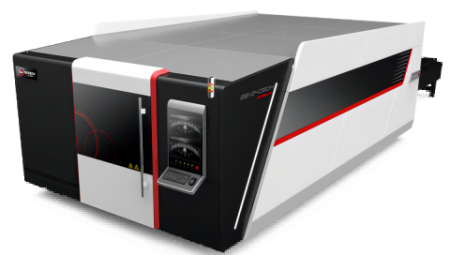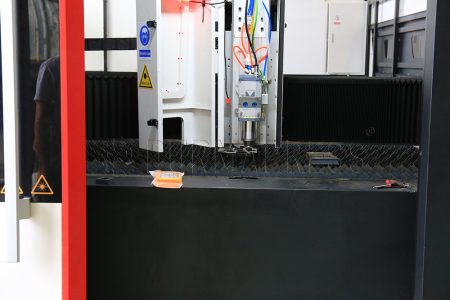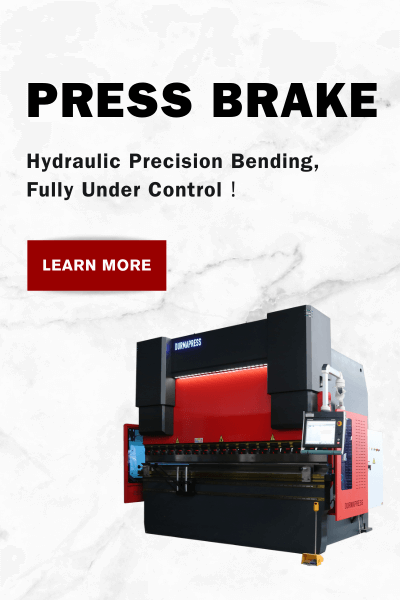Laser cutting machines play an important role in industrial production, and the accuracy of alignment directly affects the cutting effect. So, how to adjust the focus of the laser cutting machine? Here are four methods to help you achieve precise alignment:
- Printing method: The cutting head moves up and down, and the laser beam prints on the plastic plate, focusing on the minimum printing diameter. This method is simple and easy for beginners to try.
- Inclined plate method: Pull the plastic plate at a certain angle with the vertical axis horizontally to find the smallest point of the laser beam as the focus. This method is suitable for scenarios with high centering accuracy requirements.
- Blue spark method: Remove the nozzle, blow air, pulse the laser on the stainless steel plate, and move the cutting head up and down until the blue spark is the focus. This method is suitable for professional operators and has high centering accuracy.
- Flying light path cutting machine: In view of the problem of the divergence angle of the beam,

the different cutting lengths at the near end and the far end, and the different beam sizes before focusing, it can be adjusted by adding special devices. like:Collimator: Add a parallel light tube to the output end of the CO2 laser to expand the beam, so that the beam size before focusing is almost the same.
In addition to the above methods, what other factors will affect the cutting accuracy of the laser cutting machine?
1. Laser agglomerate size of the laser generator: after focusing, the smaller the spot, the higher the cutting accuracy, and the smaller the gap after cutting. But the laser beam is tapered, so the slit is also tapered. The greater the thickness of the workpiece, the lower the accuracy and the larger the slit.
2. Precision of the workbench: The precision of the workbench is high, and the cutting accuracy will also be improved. Therefore, the accuracy of the workbench is an important factor in measuring the accuracy of the laser generator.
3. The laser beam converges into a cone: When cutting, the laser beam gradually becomes thinner. At this time, if the workpiece to be cut is thicker, the cutting accuracy will be reduced and the cutting gap will become larger.
4. Cutting materials: Different cutting materials will affect the accuracy of the laser cutting machine. For example, the accuracy of cutting stainless steel and cutting aluminum will be very different. The cutting accuracy of stainless steel is higher and the cutting surface is smoother.

Size of the fillet affects cutting edge smoothness, which impacts product appearance. Proper fillet size improves cutting edge quality, making product more competitive. When buying a laser cutting machine, compare cutting edge fillet sizes to select best equipment.
Next, consider stripe drag amount. It's key indicator of cutting speed vs. quality. Machine with low stripe drag can cut faster while maintaining quality. When buying, focus on stripe drag performance for efficient, high-quality cuts.
By evaluating above 5 aspects, we can adjust laser cutting machine focal length, improve cutting accuracy, and boost production efficiency. Understanding factors that affect accuracy helps make informed decisions when buying a laser cutting machine.
In summary, choosing a high-quality laser cutting machine requires comprehensive consideration. Understanding evaluation suggestions leads to best fit machine. Then, adjust & optimize cutting parameters to improve quality & efficiency, maximizing production efficiency.
About Us
Durmapress specializes in designing, manufacturing and selling various metal processing equipment, including bending machines, shears, punches, laser cutting machines, etc. The company was founded in 2000. With years of experience and technology accumulation. DurmaPress has become one of the well-known brands in China's metal processing machinery industry.
Contact Us
Follow Us
Weekly New Video
Contact us for more information
If you have any information about our products, please contact us and we will reply within 24 hours.

